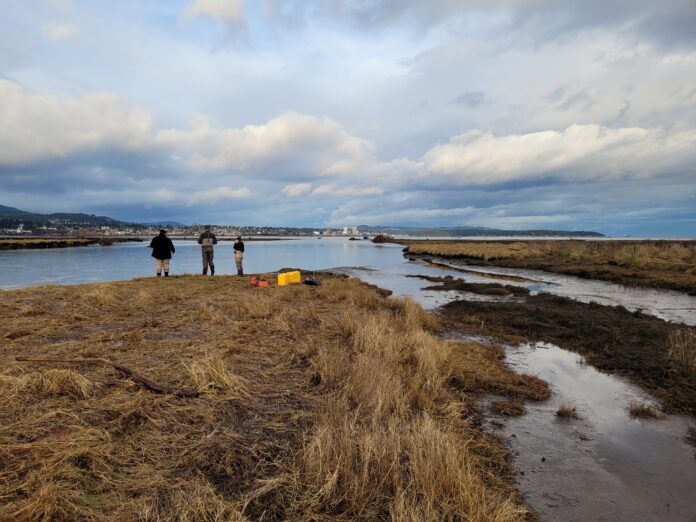Efforts to restore five Island estuaries are getting international acclaim this week.
On Wednesday the United Nations Educational Scientific and Cultural Organization, UNESCO, endorsed the Enhancing Estuary Resilience project as an official contribution to the UN Decade of Ocean Science for Sustainable Development. Federal fisheries minister Diane Lebouthillier says the endorsement shows Canada is succeeding in building healthy ecosystems and fish stocks in BC.
“Understanding the impacts of sea-level rise and other effects of climate change on coastal estuaries is vital to improving the health of wild fish stocks in BC. The Nature Trust of British Columbia’s important work to monitor, assess and restore this crucial habitat for Pacific salmon, in collaboration with First Nations partners is central to our goal of protecting the Pacific salmon population,” she said in a news release.
The project is headed by the Nature Trust of BC. The goal is to restore estuaries in the Quatse and Salmon Rivers on the North Island, as well as the Nanaimo, Englishman and Cowichan Rivers.
To be endorsed and to have our project attached to the Cultural Heritage Framework Programme demonstrates how impactful a project can be that engages meaningfully with indigenous communities to facilitate co-design, develop capacity, enable greater diversity and showcase the integration of science and cultural knowledge and heritage,” said Tom Reid, Nature Trust of BC’s West Coast Conservation Land Manager, in the release. “This recognition is a reflection of all of our partners’ commitment throughout the coast of British Columbia to working together in a meaningful and collaborative way to ensure these ecosystems are resilient into the future, not only to support fish and wildlife but also the coastal communities that rely upon them.”
The project involves 12 First Nations, local governments, environmental groups and academic institutions, and has already restored some parts of the rivers to their pre-industrial states.
for more information about the different projects, visit the Nature Conservancy’s “Estuary Resilience” website.




